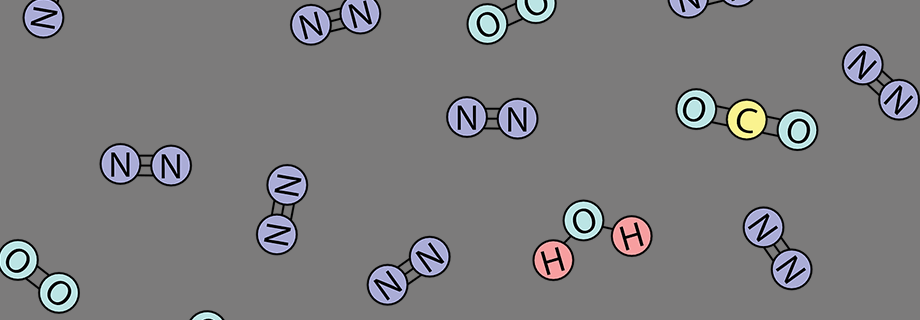Amino Acids: Looking Beyond Protein Levels for Animal Performance

In this industry, we talk about protein a lot. This is because it helps evaluate the value of an ingredient or diet. The type of protein we are talking about though is “crude protein”, which is a routine chemical measure that’s been around since the 1800’s.
Of course, it’s been refined since then, but the chemical reaction is basically the same. Other predictive methods (LECO and NIR) have been based on results from the Kjeldahl method – the original chemical method named after the developer.
So, you’ll often hear us say that a soy meal has a certain protein level, or a complete fish diet has been formulated to contain a certain protein percentage, and so on.
This is all appropriate to do, but sometimes this creates confusion because animals and humans don’t need protein – it is the amino acids that make up proteins which are actually required. Without adequate amounts of these amino acids, it would not be possible to maintain muscle mass, create hormones that perform numerous functions, secrete enzymes that allow digestion, or repair skin, just to name a few.
Crude protein uses the term “crude” on purpose because this value reflects not only amino acids, but also anything with organic nitrogen. The amount of nitrogen is then used to reflect the amount of amino acids present. You can see the drawbacks right away – some of the nitrogen almost always comes from sources other than protein-building amino acids. In addition, two materials can have the same crude protein level, but have very different levels of individual amino acids.
So, to fully evaluate the value of an ingredient or diet, we have to get to the level of amino acids.
When formulating a diet, this often means not allowing yourself to get caught up with a particular protein percentage that you or your formulation program wants you to meet. I’ve formulated numerous diets over the years where I was able to target a lower percentage of crude protein by using higher-quality ingredients, such as extruded full-fat soy and extruded/pressed (ExPress®) meal, as well as synthetic amino acids, such as L-lysine and DL-methionine, to meet the nutrient requirements of the animal.
This approach is often cheaper because the protein ingredients, typically most expensive per unit mass, can be used at lower levels. In addition, as I’ve documented here before, excess protein cannot be stored, it has to be excreted, and this comes at an energy cost to the animal.
So, in conclusion, while it’s still important to understand the “protein” level of ingredients and diets for the numerous beneficial reasons outlined here, it’s important to look deeper to the amino acid level and understand the true value of what you’re working with. Please send us any questions about this topic, and we will work with you to optimize your operation.

